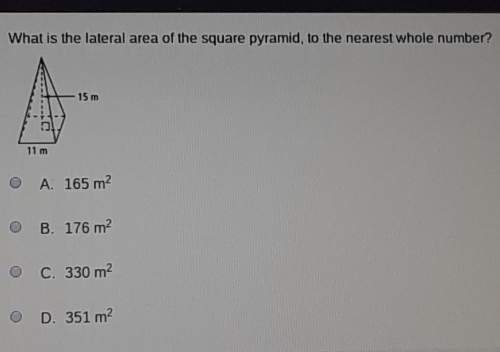Please help!
I have part 1 done I just need help with part 2 and 3
Part 1
You will ne...

Mathematics, 08.05.2021 06:30 flores1717
Please help!
I have part 1 done I just need help with part 2 and 3
Part 1
You will need to measure five different people. Record your measurements on a piece of paper. Using a tape measure or ruler, measure the length (in inches) of a person’s left foot and then measure the length (in inches) of that same person’s forearm (between their wrist and elbow). Refer to the diagrams below. You will have two measurements for each person.
(An easy way to measure the length of a foot is to have your subject stand on a piece of paper. Then, trace their foot and measure the outline once they move off the paper.)
To measure the forearm, measure inside the arm, between the wrist and the elbow.
forearm(in) foot (in)
8 10
11 12
14 14
15 16
15 17
Part 2
Organize your data and find the rate of change.
Create a table of the measurements for your data. Label the forearm measurements as your input and the foot measurements as your output.
Select two sets of points and find the rate of change for your data.
Describe your results. If you had to express this relation as a verbal statement, how would you describe it?
Part 3
Compare rates of change.
The equation below can be used to find the length of a foot or forearm when you know one or the other.
(length of the foot) = 0.860 • (length of the forearm) + 3.302
If you let y = length of the foot and x = length of the forearm, this equation can be simplified to
y = 0.860x + 3.302.
Using this equation, how long would the foot of a person be if his forearm was 17 inches long?
What is the rate of change of the equation from Part A?
Compare the equation from Part A to your data. Are they the same? Which has a greater rate of change? Why do you think the values are different?
Is the relation in your data a function? Why or why not? Could the equation in Part A represent a function? Why or why not? Explain your answer.
For this option you will submit the details from all three parts. Submit your measurements, the table, and description that you created in Parts 1 and 2. Submit your answers to the questions from Part 3.

Answers: 2


Other questions on the subject: Mathematics

Mathematics, 21.06.2019 17:00, samiam61
The equation of a circle is (x + 4)2 + (y + 6)2 = 16. determine the length of the radius. 10 4 16 8 my flower basket delivers flowers within a 20 mile radius of their store. if this area is represented graphically, with my flower basket located at (5, 2), what is the equation that represents the delivery area? (x - 2)2 + (y - 5)2 = 20 (x - 5)2 + (y - 2)2 = 20 (x + 5)2 + (y + 2)2 = 400 (x - 5)2 + (y - 2)2 = 400
Answers: 1

Mathematics, 21.06.2019 17:00, ruslffdr
Arestaurant offers a $12 dinner special that has 5 choices for an appetizer, 12 choices for an entrée, and 4 choices for a dessert. how many different meals are available when you select an appetizer, an entrée, and a dessert? a meal can be chosen in nothing ways. (type a whole number.)
Answers: 1

Mathematics, 21.06.2019 19:30, kataldaine
Which of the following describes the symmetry of the graph of y = x3?
Answers: 2

Mathematics, 21.06.2019 19:40, marshallmattah
Suppose that 3% of all athletes are using the endurance-enhancing hormone epo (you should be able to simply compute the percentage of all athletes that are not using epo). for our purposes, a “positive” test result is one that indicates presence of epo in an athlete’s bloodstream. the probability of a positive result, given the presence of epo is .99. the probability of a negative result, when epo is not present, is .90. what is the probability that a randomly selected athlete tests positive for epo? 0.0297
Answers: 1
You know the right answer?
Questions in other subjects:



Mathematics, 30.10.2020 22:50


History, 30.10.2020 22:50

Mathematics, 30.10.2020 22:50

History, 30.10.2020 22:50


Spanish, 30.10.2020 22:50





